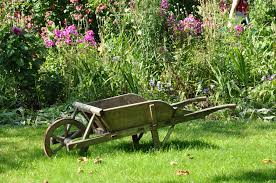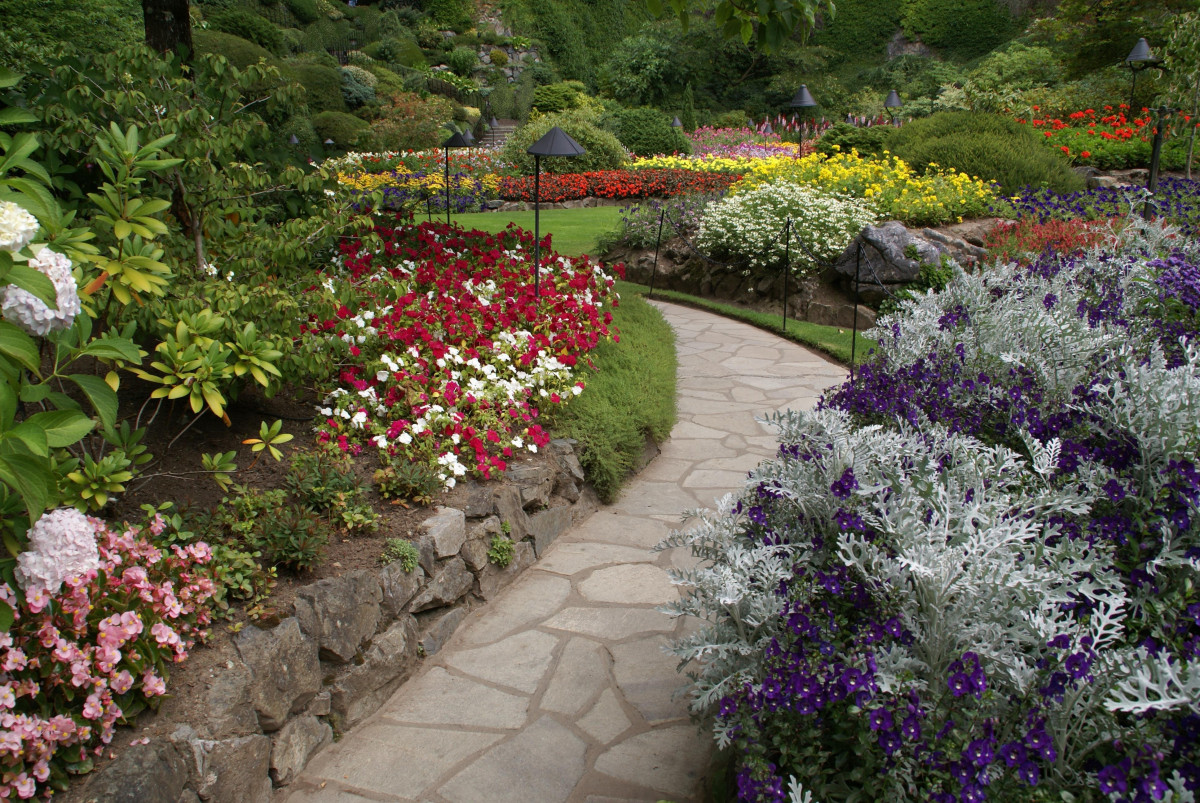Gardening Tools
A gardener, even a beginner, needs a minimum of gardening tools to work the soil, plant and maintain his plants.
The equipment is intended to last a long time, so it is worth investing in good quality tools that are both easy to handle and resistant. At first, it is better to start with few tools, but of excellent quality and well adapted to the gardener, than with many hastily chosen tools.
Good tools must be adapted to the gardener’s morphology: this is really fundamental and can save a lot of back pain and blisters!
– However, even nowadays, it is not always easy to find relatively light tools, adapted to the female morphology.
– Do not hesitate to explore several garden centres to find the right tool: after all, the pleasure of gardening depends on it!
Gardening: The Basic Tools
Soil Working Tools
The main tools are used to till the soil, plant and maintain plants.
Gardening begins with tillage. To do this, five tools are essential: a spade, a spade fork, a hoe, a claw and a rake.
– Spade: flat and equipped with a long handle, it is mainly used to dig the ground, while the spade fork is used for digging. In most cases, the spade can replace the shovel.

– Spade fork: equipped with four flat teeth and a long handle, it is the most suitable tool for digging, less tiring than the spade.
– Binette: equipped with a flat cutting edge and a long handle, it allows for both hoeing (breaking the soil crust) and weeding (eliminating weeds). First, you can do without the weeder and use the hoe for hoeing and weeding. The hoe can be replaced by an even more versatile hoe: it is a very narrow hoe, whose opposite side to the blade has two long teeth.
– Claw: with four curved teeth and a long handle, the claw is used to loosen and crumble the soil after the spade fork has been used and before the rake has passed through it. It also allows you to collect roots and bury compost or fertilizer.
– Rack: the essential basic model is a straight-toothed rake, which is used to remove stones and plant debris, as well as to refine the surface layer of the soil.
Tools for Planting
– A planter is a conical tool, with which a hole is formed in the ground to transplant root ball or bare-root plants from the seedlings.
– The transplanter is a small shovel, useful for digging the ground to plant or transplant.
– Not essential, the bulb planter is very practical: it makes it possible to make a hole equivalent to 2 or 3 times the height of the bulb and to deposit the bulb at the bottom.
Tools for Garden Maintenance

– A pruning shear is used to cut the stems and cut the branches. It’s the accessory to always have in your pocket.
– A watering can and a garden hose are essential.
– Gloves effectively protect against friction from the handle of the tools and are very useful to avoid blisters.
Eventually, when your garden grows larger, you will need a wheelbarrow to carry all the loads.

Last but not least, after every usage, your tools should be cleaned and kept neatly.
Maintenance of Gardening Tools
Hand Tools
Hand tools are generally equipped with handles that require special care. Already at the time of purchase, it is wise to choose ash wood handles, which are stronger and more flexible, rather than pine wood handles, which are prone to breakage. If you have to replace the handle of your tool completely, take into account this detail about the nature of the wood and make the right choice. Sleeve wear often occurs at the fasteners, tighten the screws or change them if necessary. Sometimes it is enough to immerse the handles for one night in water so that the wood swells and will prevent the tool from sliding out of your hands when in use.
A light sandpapering with sandpaper and a little paraffin can restore the youthfulness of the old handles, otherwise, you can simply coat the wood with a cloth soaked in linseed oil.
Cutting Tools
For cutting tools such as shears or pruning shears, the blades are maintained with alcohol. While removing resinous residues from the blades, alcohol acts as a disinfectant by attacking possible bacteria or viruses contracted with diseased plants. In addition to cleaning, sharpening the blades may be necessary. The use of fine stone is the most practical, but if wear is advanced enough, a fine file should be used to restore the bevel. To do this, immobilize the blade in a vise, run a little oil over it and file gradually along the angle of the bevel. Do not forget to grease the pins and the spring with Vaseline or heavy grease. When immersed in a mixture of 2/3 oil and 1/3 petroleum, a very worn pruning shear can regain its colours.
For the spade, hoe or fork, cleaning the metal part begins with a wire brush to remove the dried soil from the tools. Coat the metal with oil mixed to protect it from rust.
Finally, maintenance means storage, it is advisable to put the tools back in their respective places after the garden work. Hope the above basics of gardening help you in achieving success in your garden.



